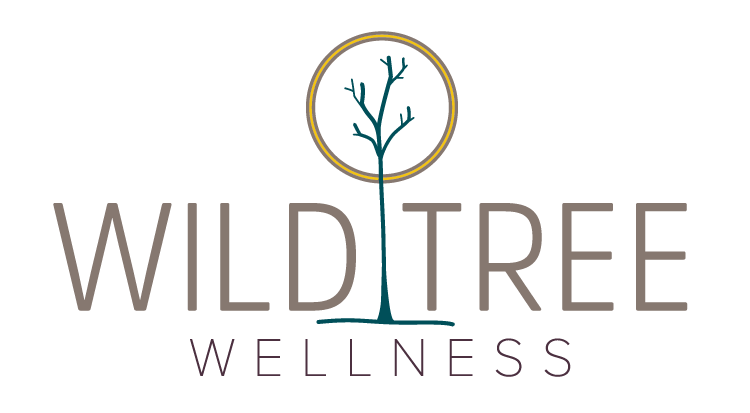What is Energy Psychology?
Do you identify as being more sensitive than most people to physical sensations? Do you often use descriptive words such as “feeling drained,” “overcome with emotion,” ”heavy with grief” or “tugging on my heart?” Are you feeling stuck with traditional talk therapy? If so, you may be a good candidate for energy psychology.
According to the Association for Comprehensive Energy Psychology (2019), “Energy psychology methods gently and swiftly release traumatic events that are frozen in time in the body-mind system.”
Energy Psychology, also known as body-centered psychotherapy, blends the typical methodologies of psychotherapy; working with beliefs, thoughts, emotions and behavior with the physical body’s sensations and processes. These mechanisms of the physical body include it’s neurological (nervous system) and bioenergetic (energy related) systems.
What is Energy Psychology Used For?
Energy Psychology (EP) “models have been beneficially applied to assessment and treatment of trauma, anxiety, depression, pain, stress, psychophysiological issues, and self-sabotaging behaviors by a broad range of healthcare providers, to regulate affect and promote emotional and physical health,.” Association for Comprehensive Energy Psychology (2019).
What’s the History of Energy Psychology in the Western Psychotherapeutic Model?
There are several other modalities that use the mind-body approach, such as Hakomi, EFT tapping, Somatic Experiencing, Phoenix Rising Yoga Therapy, and Gestalt Therapy, to name some of the most popular. For the purposes of this blog post, I will be discussing the history of Bioenergetic Analysis, due to its lineage dating back to Sigmund Freud and the psychoanalytic society, when some of the worlds’ innovators in the field of Western psychotherapy came together to meet in Freud’s apartment in the early 1900’s. There are many references in the body-centered psychotherapy literature that cites some of Freud’s predecessors. Bioenergetics is only one school of Energy Psychology.
Wilhelm Reich, the radical psychiatrist and Sigmund Freud successor, took the principles of ego-defenses and developed them into what he called “character structure” (Reich, 1933/1945). Unlike the ego-defenses, an individual’s character structure was the result of social processes first experienced within the nuclear family (Corrington, 2003). In this way, Reich’s theory shares features of object relation theory. Reich proposed that “wounds” to the self were inflicted in early life. They may happen due to a hostile parent, or due to a lack of nurturing, or when a parent rejects a child’s natural expressiveness and creativity. The internalized wound becomes consolidated and “preserved” in the unconscious, as a part of the individual’s character structure. Thereafter, the defense becomes “an automatic mechanism independent of the conscious will” (Reich, 1933/1945 p. 154). It can potentially appear as a neurotic problem in every dimension of an individual’s functioning.
How is The Human Body Involved?
Within the individual, these processes create what Reich called “character armoring.” He believed that in therapy, the client could dissolve the armor – or defenses – which would provoke the memory of the childhood experience that was the impetus for the blockage in the first place (Greenberg & Saffron, 1987).
Reich’s student, psychiatrist Alexander Lowen, took Reich’s work and developed a therapeutic system called Bioenergetics. This system combines psychoanalysis, Reich’s character defenses, and a decidedly physical component: subconscious muscle tension. In regards to this latter feature, Lowen introduced the importance of “grounding the body” through contact with the feet and the legs, as a means of bringing a client’s conscious awareness into their body, and out of their thoughts (Lowen, 1975).
Stay tuned for Part Two of this blog series to learn more about the Human Energy Field and its relationship to healing.
Written by Julie Schmit, MA, LMFT
©2019 Julie Schmit, Jumpstart Counseling Studio, LLC
References:
Association for Comprehensive Energy Psychology (2019). Home Page. Retrieved from https://www.energypsych.org/page/AboutEPv2
Corrington, R. (2003). Wilhelm Reich, psychoanalyst and radical naturalist. New York, NY: Farrar, Straus and Giroux.
Greenberg, L. & Safron, J. (1987). Emotion in Psychotherapy. New York, NY: The Guilford Press.
Lowen, A. (1975). Bioenergetics. New York, NY: Coward, McCann & Geoghegan, Inc.
Reich, W. (1933/1945). Character Analysis (Higgins, M., Ed.). New York, NY: Farrar, Straus and Giroux.
Photo credit: pexels.com
